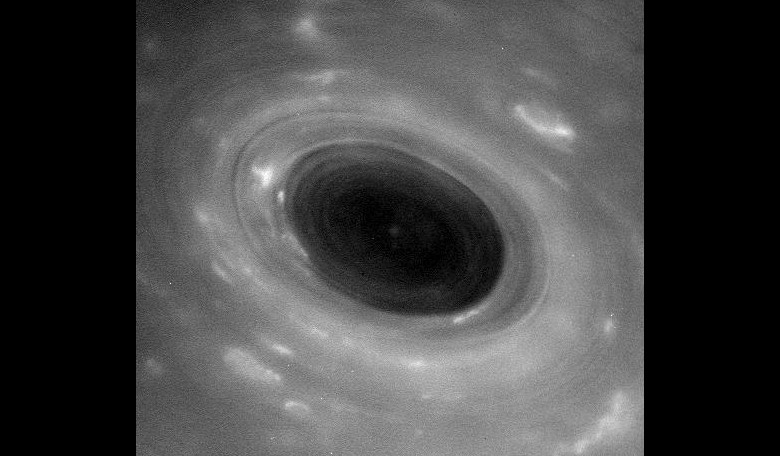As its Grand Finale mission gets underway, Cassini continues to push boundaries as it took its first-ever dive through the narrow gap between Saturn and its rings, to come within around 3,000 kilometres (1,900 miles) of Saturn's cloud tops.
The gap between the rings and the top of Saturn's atmosphere is about 2,000 kilometres (1,500 miles) wide and Cassini travelled within about 300 kilometres (200 miles) of the innermost visible edge of Saturn’s rings to get closer than any other spacecraft has done before.
The air pressure at Saturn’s cloud tops is 1 bar – comparable to the atmospheric pressure of Earth at sea level – and while mission managers were confident Cassini would complete the manoeuvre successfully, extra precautions were taken with this first dive, as the region had never been explored before.
"No spacecraft has ever been this close to Saturn before. We could only rely on predictions, based on our experience with Saturn's other rings, of what we thought this gap between the rings and Saturn would be like," said Cassini Project Manager Earl Maize of NASA's Jet Propulsion Laboratory in Pasadena, California. "I am delighted to report that Cassini shot through the gap just as we planned and has come out the other side in excellent shape."
Modelling of this region predicted that Cassini might come into contact with ring particles where the craft crossed the ring plane, however it was calculated that hopefully the material would be no bigger than the size of a smoke particle.
As Cassini was due to dash through this region at 124, 000 kilometres per hour (77,000 mph), as a protective measure, the spacecraft used its large, four metre-dish-shaped high-gain antenna as a shield, against the flurry of oncoming ring particles.
This meant that Cassini was out of contact with Earth while its shield was orientated at an angle to protect it. The craft, which is now back in contact with mission control, is in the process of beaming back science and engineering data, via NASA's Deep Space Network Goldstone Complex in California's Mojave Desert.
During this final chapter, Cassini will make a total of 22 dives between Saturn and its rings, as it loops around the planet approximately once per week. The spacecraft’s final act will be to eventually plunge into Saturn's atmosphere on 15 Sept, 2017, thus putting an end to Cassini’s spectacular 13 year mission.











